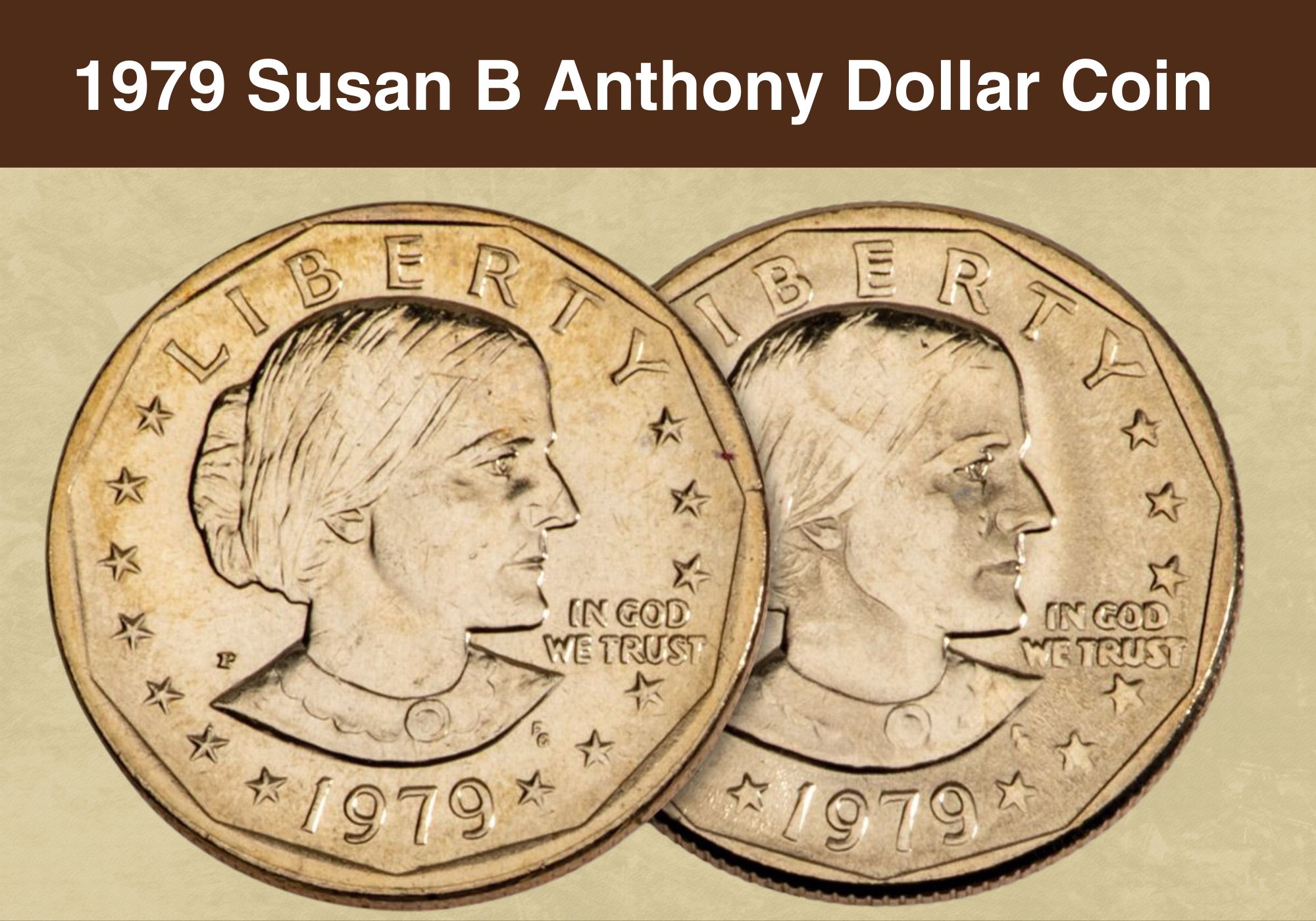
Coin Value Contents Table
- 1979 Susan B Anthony Dollar Coin Value
- History of the 1979 Susan B Anthony Dollar Coin Value
- Features of the 1979 Susan B Anthony Dollar Coin Value
- 1979 Susan B Anthony Dollar Value Guide
- 1979 P Silver Dollar Coin Value
- 1979 D Silver Dollar Coin Value
- 1979 S Silver Dollar Coin Value
- 1979 S Proof Silver Dollar Coin Value
- 1979 Silver Dollar Coin Grading
- Rare 1979 Silver Dollar Coin Error List
- Where to Sell Your 1979 Susan B Anthony dollar ?
- FAQs
1979 saw the launch of a brand new dollar coin – the Susan B. Anthony dollar. But does being the first of their kind mean these coins are valuable? That’s what we’re here to find out!
We’re going to explore the 1979 dollar coin value, its history and key features. And we’ll learn what separates an ordinary coin from something that’s interesting to collectors.
So if you’ve found one of these coins in your pocket change, read on! You’ll soon have a good idea of how much it’s worth.
1979 Susan B Anthony Dollar Coin Value |
||||
| Mint mark | XF4 | MS60 | MS65 | MS67 |
| 1979 P Dollar Coin, Narrow Rim Value | $1 | $5 | $22 | $650 |
| 1979 P Dollar Coin, Wide Rim Value | $12 | $20 | $70 | $1,800 |
| 1979 D Dollar Coin Value | $1 | $5 | $25 | $325 |
| 1979 S Dollar Coin Value | $1 | $5 | $28 | $175 |
| PR63 | PR65 | PR67 | PR70 | |
| 1979 S Proof Dollar Coin, Type 1, Deep Cameo Value | $5 | $6 | $8 | $47 |
| 1979 S Proof Dollar Coin, Type 2, Deep Cameo Value | $30 | $30 | $35 | $175 |
History of the 1979 Susan B Anthony Dollar Coin Value
The 1979 dollar was the first time in history that the image of a real woman had adorned a US coin. But that wasn’t always the plan.
The original proposal had been for a smaller dollar coin to replace the Eisenhower dollar as a cost-cutting measure. The Mint estimated that replacing half the dollar bills with smaller dollar coins would save $19 million.
The first design for the new coin featured Lady Liberty. But in 1978, legislation was introduced to the Senate by William Proxmire of Wisconsin. He proposed that Liberty be replaced with an image of the social reformer, Susan B. Anthony.
The proposals gained support in the House of Representatives too. And of all the suggestions for the new coin submitted to the Mint by the public, Susan B. Anthony got the most mentions.
A new design featuring a soaring eagle was originally proposed for the reverse. But at the last minute it was decided to keep the reverse of the Eisenhower dollar.
The legislation authorizing the new coins was approved by Congress in 1978. The President who signed it into law was Jimmy Carter. He said that the coin would symbolize the achievement of the right to vote for all American women.
The first Susan B. Anthony dollars were struck in Philadelphia in December 1978. The first strikes at the Denver and San Francisco Mint facilities followed the next month. Coins from all three locations carried a mint mark on their obverse.
The size and color of the new coins was similar to the quarter, gaining them the disparaging nickname the “Carter quarter”. Many people found them confusing, and a number of establishments and transport services soon refused to accept them as payment.
As a result of their unpopularity, production of the dollar coins was suspended in 1981. The design was briefly revived in 1999, before being officially retired the following year.
Also read: 12 Most Valuable One-Dollar Coin Worth Money
Features of the 1979 Susan B Anthony Dollar Coin Value
The Obverse of the 1979 Dollar Coin
The obverse of the 1979 dollar shows the social reformer, Susan B. Anthony, in profile, facing right.
The image was the work of the Mint’s Chief Engraver, Frank Gasparro. He regarded it as the most important design of his career.
He based the portrait on six surviving images of Anthony. In his first attempt, he portrayed her at 28 years of age, and in a later portrait at 84 years.
The designs were submitted for approval to Anthony’s great-niece, Susan B. Anthony III – but she found fault with both options. The first, she felt, was unnecessarily flattering, while the latter made her great-aunt look too old.
In the end, Gasparro hit the right note with a portrait showing Anthony aged around 50. This coincided with the peak of her influence as an activist.
The word “LIBERTY” appears above Anthony’s head, while the motto “IN GOD WE TRUST” is on the right of her image. The date is at the bottom, while most of the design is ringed in stars.
The mint mark appears just above Anthony’s shoulder, on the left-hand side of the coin as it’s viewed.
The Reverse of the 1979 Dollar Coin
Gasparro had originally prepared a design of a soaring eagle for the reverse of the coin. Late in the day, however, the legislation was amended to keep the reverse used in the Eisenhower dollar.
This was based on a “mission patch” commemorating the Apollo 11 moon landing. It depicts an eagle landing on the moon, clutching an olive branch in its talons. The Earth appears as a distant globe in the background.
Stars circle most of the design, with the country name inscribed to follow the curve of the upper coin edge. “E PLURIBUS UNUM”, a Latin motto meaning “From the many, one”, appears between the eagle and the stars. And the denomination “ONE DOLLAR” is at the bottom.
Other Features of the 1979 Dollar Coin
The Susan B. Anthony dollar was smaller than the Eisenhower dollar, measuring 26.5 millimeters across. That made it less than two millimeters larger than the quarter. And it was made of the same combination of copper and nickel.
The similar size and color meant that, despite their different designs and weights, there was a lot of confusion between the two coins. (The dollar weighed in at 8.1 grams, compared to the quarter’s 5.67 grams.)
This YouTube video from BigDCoins looks in detail at the design of the 1979 dollar coin.
Also read: 14 Most Valuable Coins In Circulation
1979 Susan B Anthony Dollar Value Guide
1979 P Silver Dollar Coin Value
The Philadelphia Mint facility struck over 360 million Susan B. Anthony dollars in 1979. They can be identified by the small “P” that appears just above Anthony’s shoulder on the obverse.
Philadelphia produced two different varieties of the coin that year. The earlier versions had a narrow rim. But in later months, the rim was widened to improve the coin’s appearance. Of the two types, the “Wide rim” is the scarcer, and hence the more valuable.
While circulated examples of the narrow rim variety are worth only their face value, a wide rim coin graded XF45 is worth around $1.
A mint state narrow rim coin – i.e. one that’s never been circulated – is worth only $5 at MS60. But the value is four times that for a wide rim coin at the same grade.
The finest known examples of any coins always carry a premium.
For the narrow rim 1979 Philadelphia dollar, that’s a single coin graded MS68. The independent coin graders, the PCGS, value that at an impressive $10,000. Go down just half a point to MS67+, and the value drops to $1,500.
For the wide rim variety, quality tops out at MS67+. In this case, too, only one coin has been certified at that level. And the PCGS values that at $6,500.
1979 D Silver Dollar Coin Value
The Denver Mint facility struck slightly fewer dollar coins in 1979 than Philadelphia. But with over 288 million still leaving the coin presses, they’re far from rare at most grades.
The PCGS estimates that around 275 million survive. Almost 29 million of those are mint state coins graded MS60 or above. And 1.44 million are “gem quality”, graded MS65 or higher.
All this means that it’s possible to find an attractive coin without having to spend much money.
Unless they have an interesting error, circulated coins will only be worth their face value. And an example graded MS60 is worth only around $5. Values climb gradually, and it’s possible to get your hands on a gem MS65 coin for around $25.
But at MS67, availability declines sharply and prices rise. While the PCGS values a 1979 Denver dollar graded MS66+ at around $70, that rises to $325 at MS67.
The finest Denver dollar coin to have been certified by the PCGS is a sole example graded MS68. And like its Philadelphia counterpart, that coin is valued at $10,000.
1979 S Silver Dollar Coin Value
The San Francisco Mint facility produced both business strikes and proof dollar coins in 1979. They struck 109,576,000 of the former. So in theory, an “S” mint mark on a regular dollar coin is a relative rarity.
In practice, however, these coins remain in plentiful supply. Around 100 million are believed to survive, with about one in ten of the original mintage surviving in uncirculated condition.
And this is one of the easiest mintages of Susan B. Anthony dollars to find in gem condition. Around 545,000 coins are thought to survive at grades MS65 and above.
It’s not surprising, then, that circulated coins are worth only their face value. Examples graded MS60 are worth around $5. And even those graded MS65 are worth only around $28.
The drop-off in availability happens at MS67, with coin values jumping from $65 at MS66+ to $175 at MS67, and $425 at MS67+.
Four coins are tied for the title of the finest known survivors. They are graded MS68, and the PCGS values them at $4,850 apiece.
1979 S Proof Silver Dollar Coin Value
Almost 3.7 million proof Susan B. Anthony dollars were stuck in San Francisco in 1979. These were made using specially prepared dies and highly polished planchets. They were aimed at the collectors’ market, so most were stored away safely.
The result is that almost all survive in excellent condition. And all are what’s known as “deep cameos”. These are coins with a strong and attractive contrast between reflective fields – the flat parts of the coin – and frosted designs.
There are two different varieties, distinguished by their “S” mintmarks. In a Type 1 proof, the S appears in a rectangular. It’s known as a “filled S”. In the rarer Type 2 proofs, the S is clearer and more cleanly struck.
While they’re very good-looking coins, most aren’t particularly valuable. The PCGS values a proof 1979 Type 1 dollar graded PR63 at $5, and even a PR67 at just $8. And if you want a flawless PR70 example, it can be yours for around $47.
Type 2 proofs are a little more expensive. One of those graded PR63 is worth around $30. But the value stays virtually flat all the way up to PR67 ($35).
A PR69 example is valued at roughly the same amount as a PR70 Type 1 – $50. And a perfect PR70 is worth around $175.
Also read: Top 10 Most Valuable Morgan Silver Dollar Worth Money
1979 Silver Dollar Coin Grading
Rare 1979 Silver Dollar Coin Error List
1979 P Dollar Coin, No Reverse
One of the dollar coins struck in Philadelphia in 1979 looks completely normal from the front. But when you turn it over, you’ll see that it has no reverse design at all.
That’s because it was struck on a 2-gram outer-clad layer, which then split away from the planchet. That’s a pretty rare type of Mint error. And the coin was in good condition, graded AU58 by the PCGS (AU stands for “about uncirculated”).
When it was offered for sale at auction, it sold for $440.
1979 P Dollar Coin, Uncentered Broadstrike
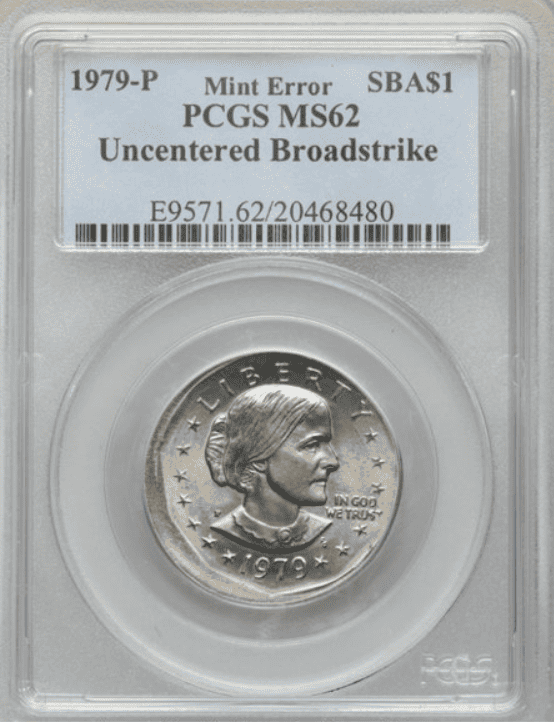
Coins are supposed to be held in place by a collar when they’re struck. But if that collar is loose or in the wrong place, the strike can be off-center.
A couple of 1979 Philadelphia dollar coins exhibit this type of error. One such coin, graded MS62, sold at auction for $90. A finer example, graded MS64, sold for almost $800.
1979 P Dollar Coin, Reverse Wheel Mark, Struck 30% Off-Center
Another 1979 Philadelphia dollar coin combined two different errors. The reverse had a wheel mark – an area of concentrated hairline marks caused by the rubber wheels of coin counting machines. It had also been struck around 30% off-center, leaving a large blank crescent at the bottom of the coin.
It was authenticated by the coin graders the NGC, and sold at auction for over $700.
1979 S Dollar Coin, Struck 75% Off-Center
Generally speaking, the more dramatic the error, the more collectors are willing to pay. And that was demonstrated by another coin that had been struck off-center.
In this case, it had been struck at the San Francisco Mint facility – and it was a whopping 75% off-center. The back of Susan B. Anthony’s head could just be seen at the far right of the strangely shaped coin.
It was graded MS64 by the PCGS, and sold at auction for $1,000.
This YouTube video from Couch Collectibles looks at all these errors and more.
Where to Sell Your 1979 Susan B Anthony dollar ?
Now that you know the value of your coins, do you know where to sell those coins online easily? Don’t worry, I’ve compiled a list of these sites, including their introduction, pros, and cons.
Check out now: Best Places To Sell Coins Online (Pros & Cons)
FAQs
What makes a 1979 dollar coin rare?
Most 1979 dollar coins aren’t rare. Circulated coins will generally be worth only their face value.
Mint state coins – those that have never been circulated – will be worth more. At most grades, though, values are relatively modest. And even gem quality coins graded MS65 are worth less than $100.
But if you have a coin with an interesting error, values can be much higher. Coins in good condition that have been broadstruck or struck off center can be worth hundreds of dollars.
And the very finest examples of any of the mintmarks are worth several thousand dollars.
One interesting variety to look out for is the 1979 Philadelphia dollar with the wide rim. Compare it to the more common narrow rim variety and you’ll immediately see the difference. Depending on condition, one of those could be worth anything from $12 to $6,500.
Where is the mint mark on a 1979 Susan B. Anthony dollar?
All Susan B. Anthony dollars have a mint mark. It appears on the left-hand side of the obverse, just above Anthony’s shoulder.
If there’s a small “P”, the coin was struck in Philadelphia. If there’s an “S”, it came from San Francisco. And if there’s a D, it came from Denver.

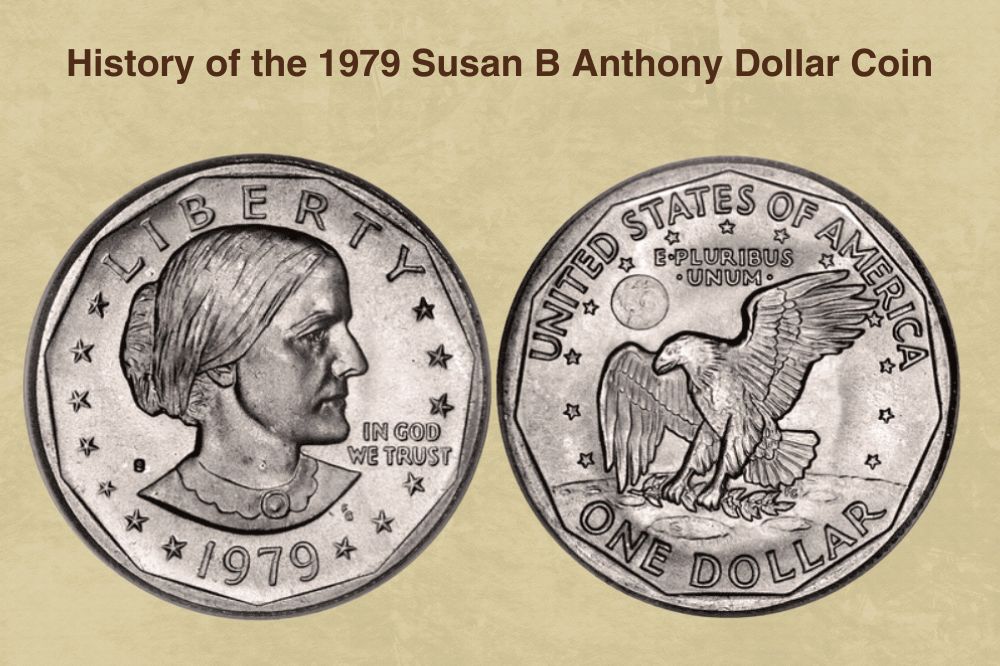
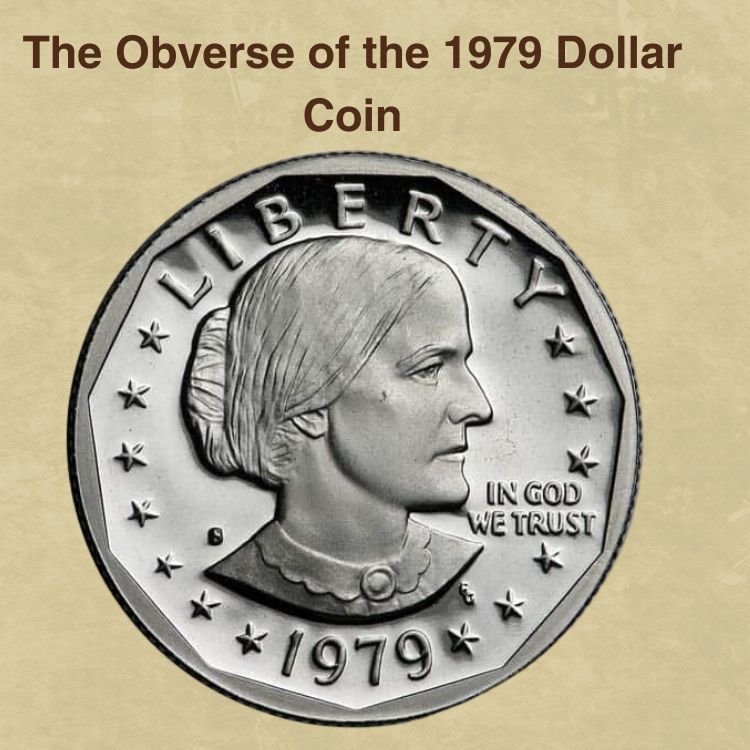
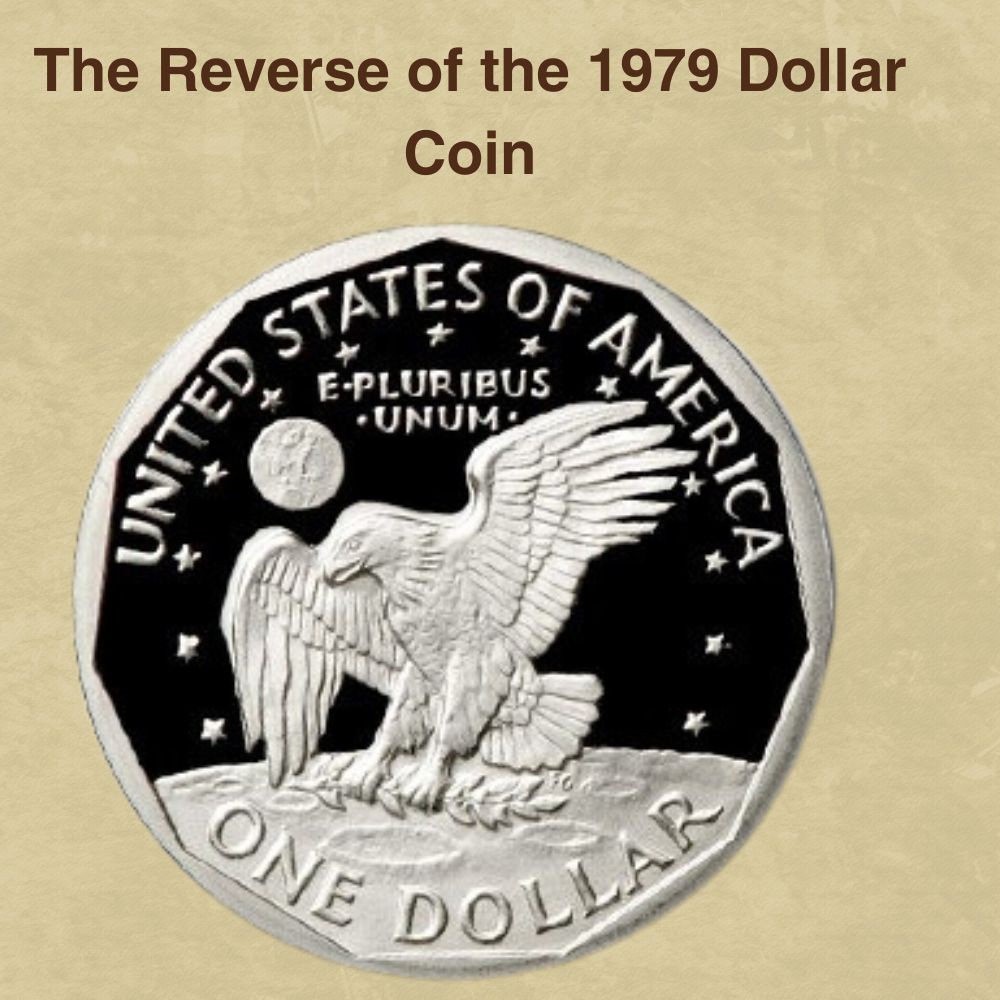
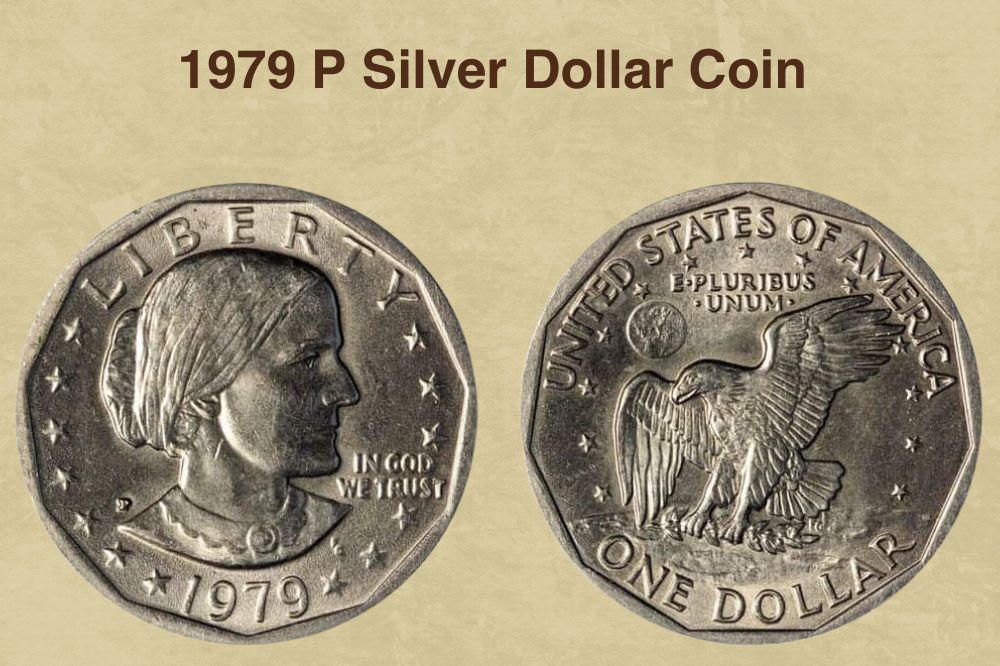
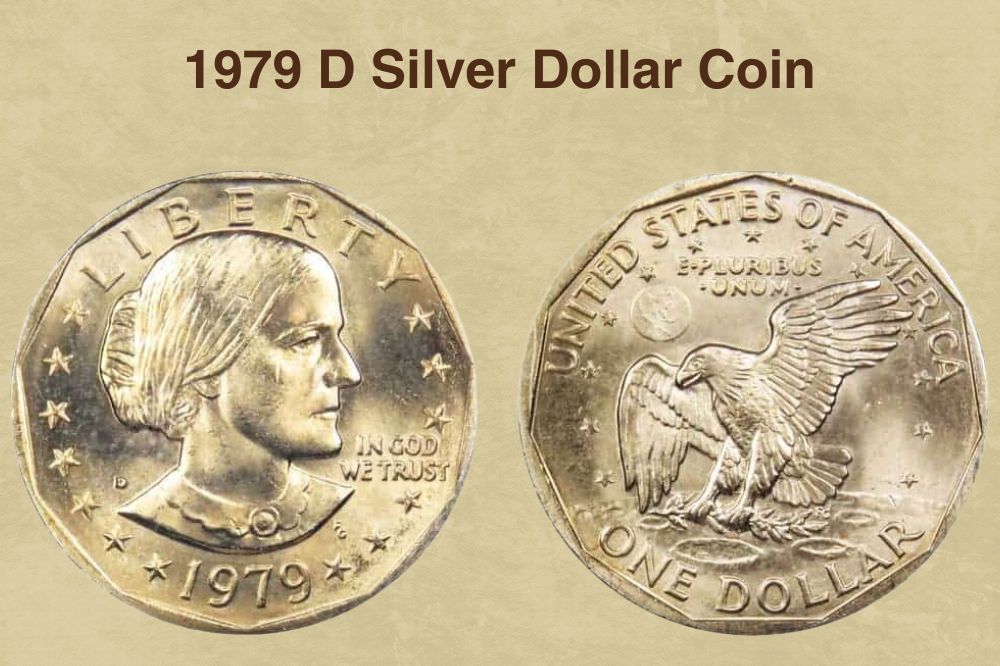
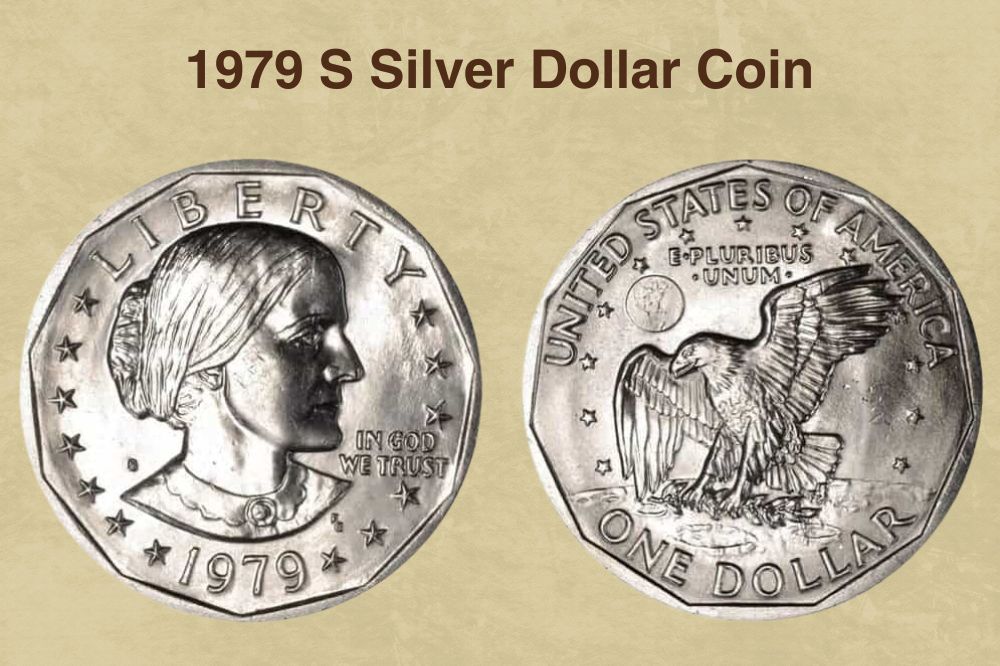
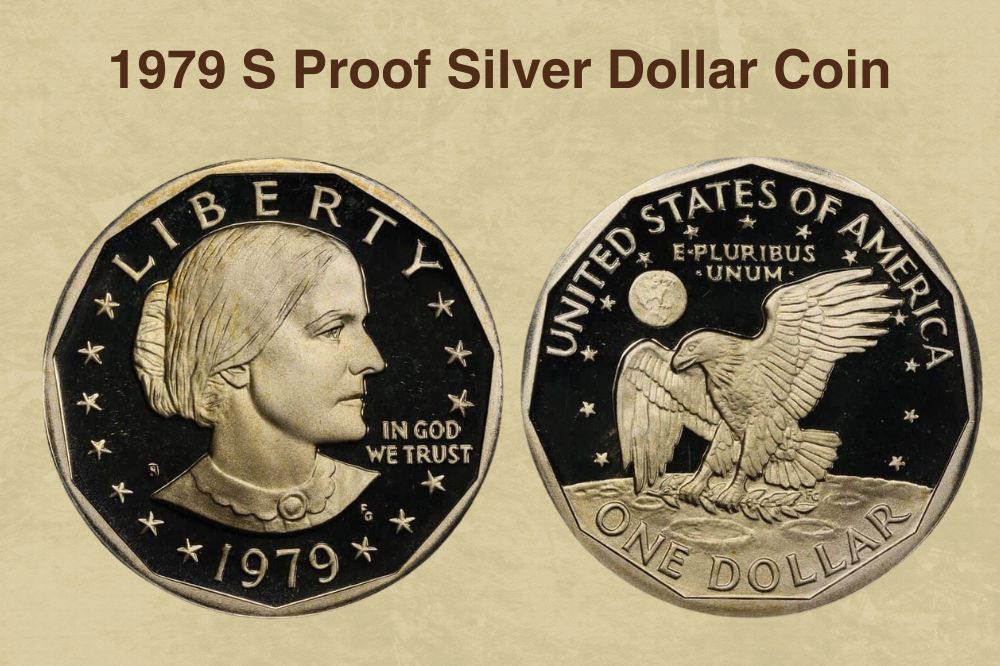
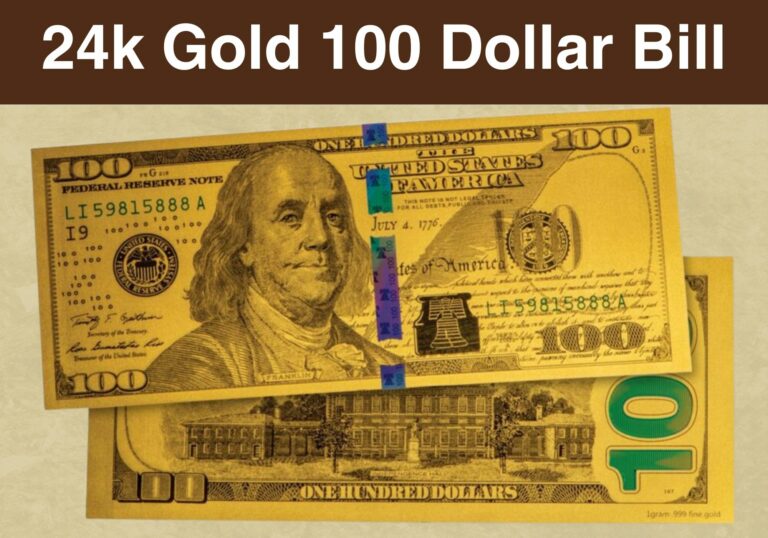
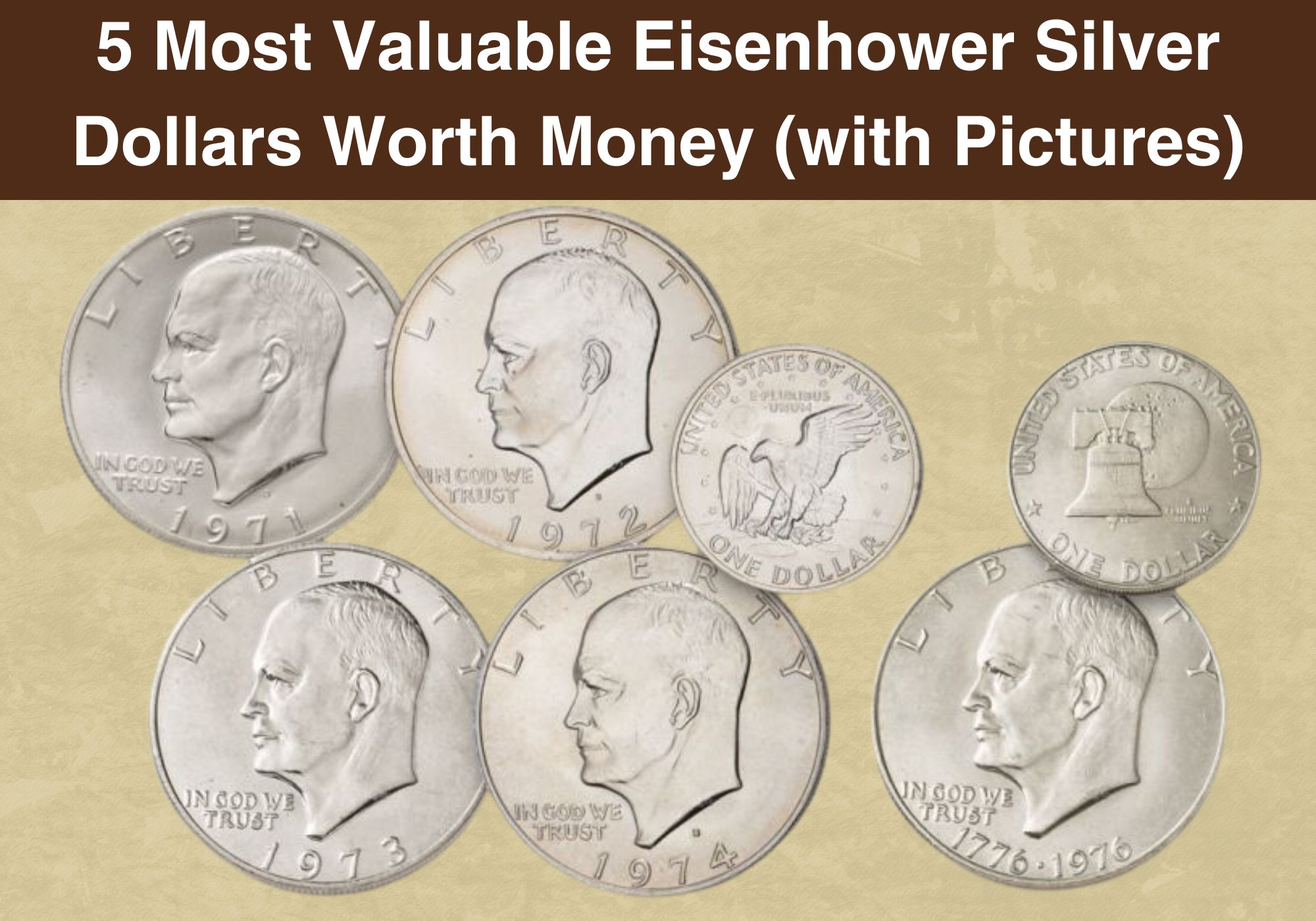
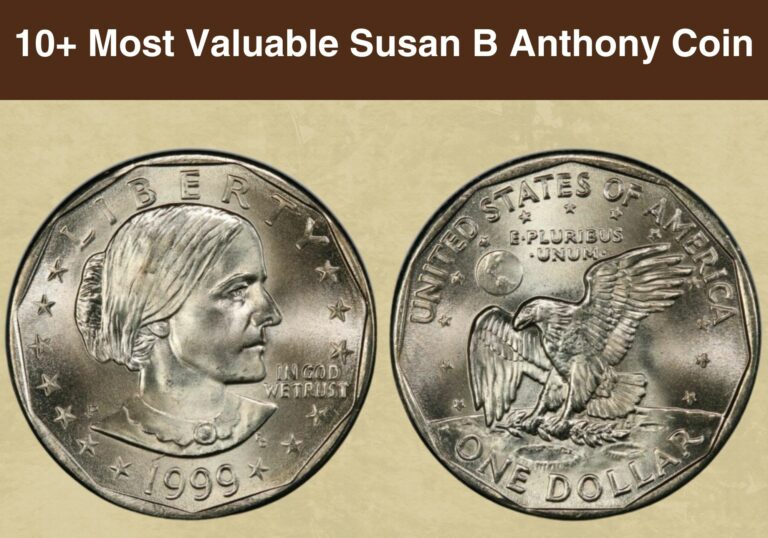
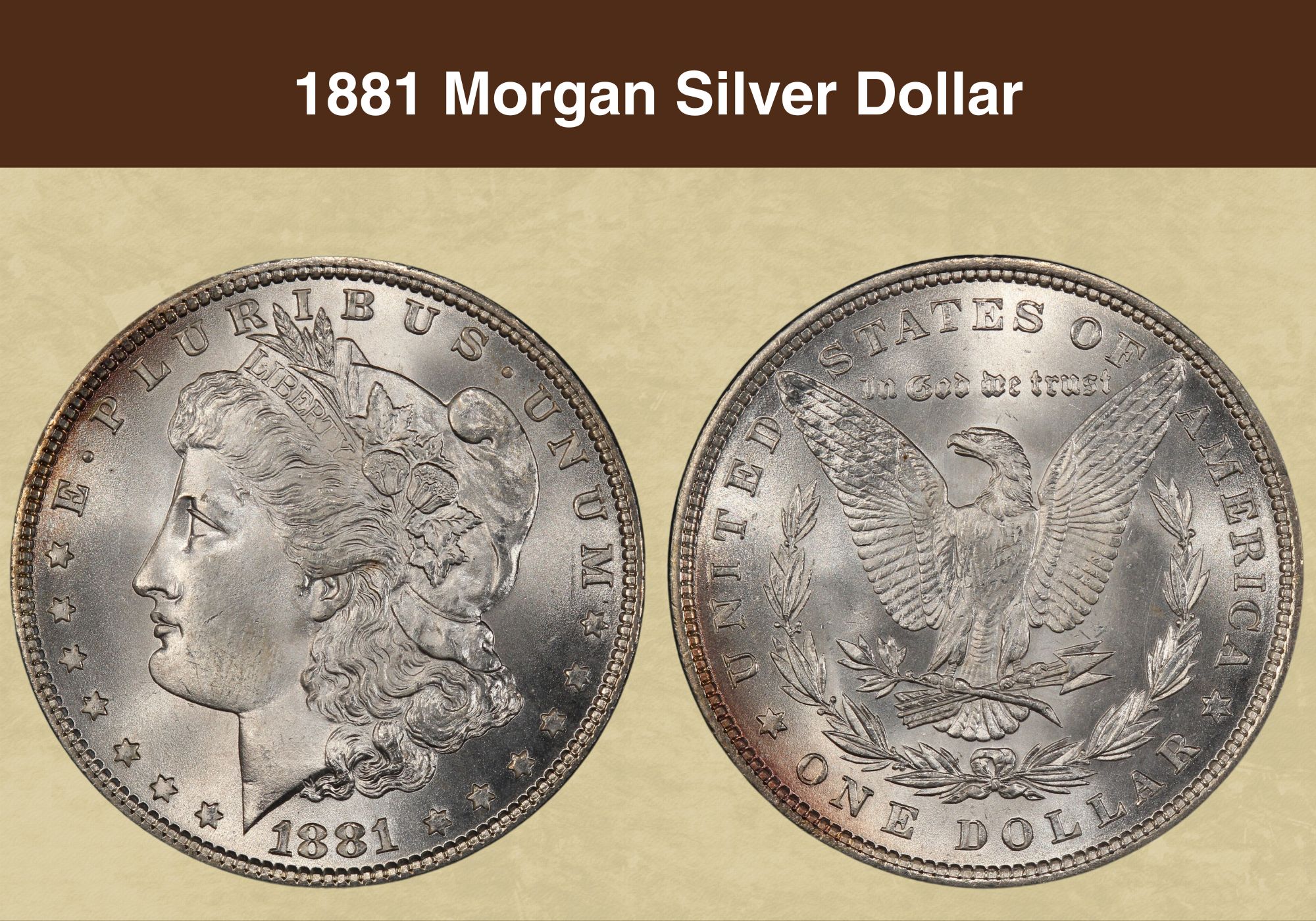
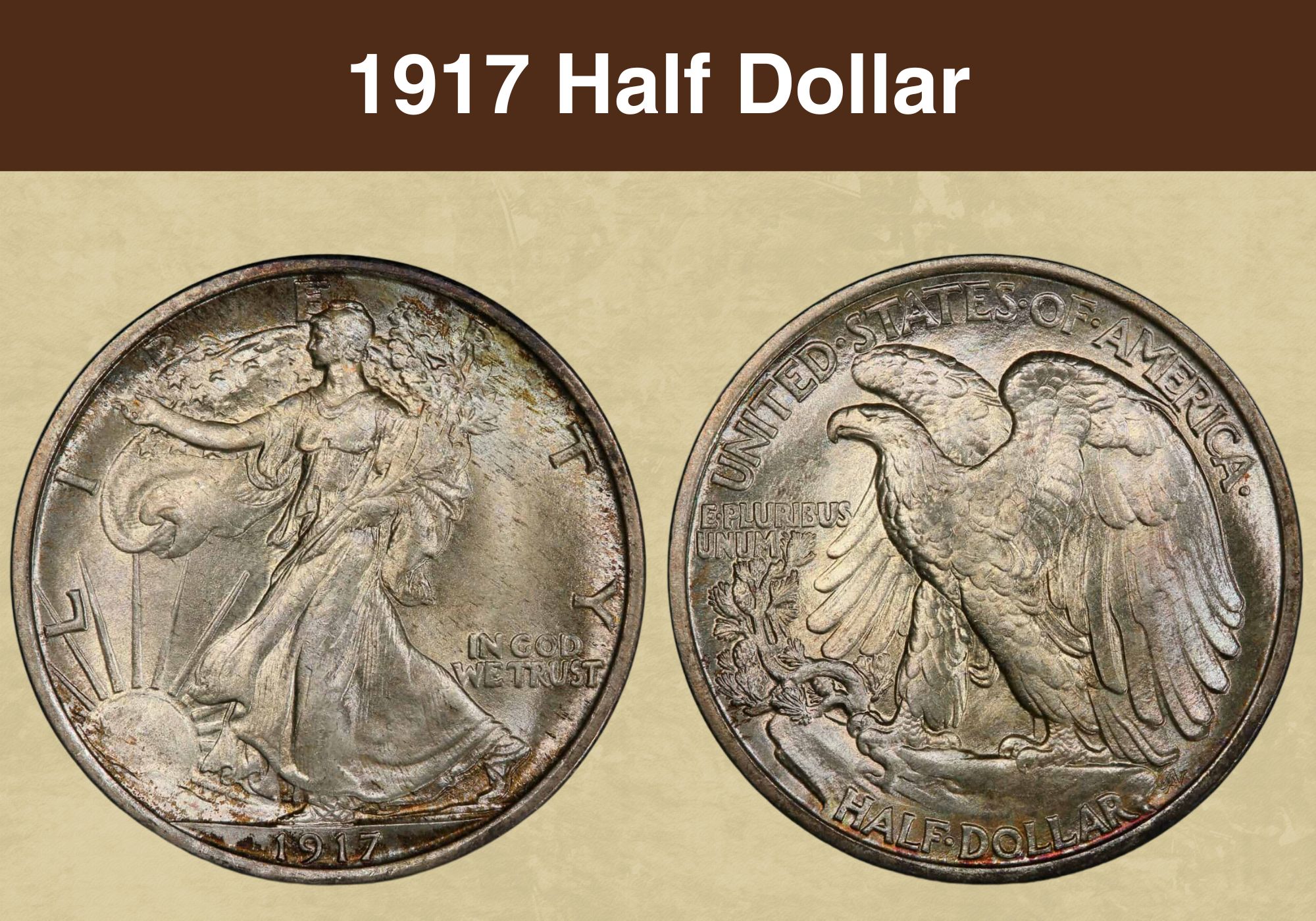
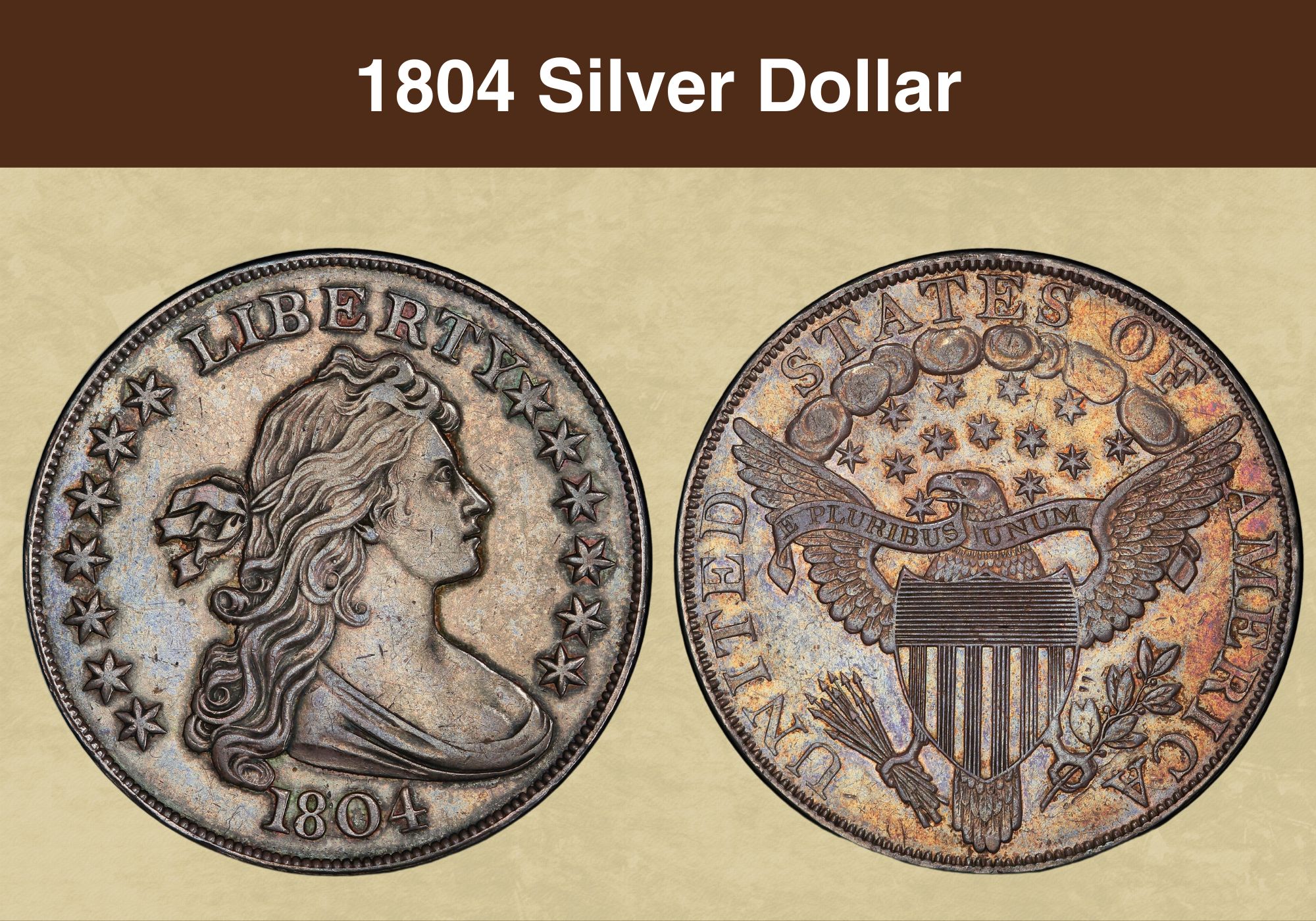
This article is very useful for unexperienced sellers of coins, like myself.
I have a little confusion as to the value of Susan B. Anthony’s error coins. I have had in my possession 5 of these coins and recently discovered that 2 of them have a “blob mint mark.”
The letter can not be identified nor it is readable.
I Googled the coins to get information on the coin’s condition and the reply is that the coins have an error and that they are valuable, with some of them being sold on ebay for up to $3,000.00.
Please advise.